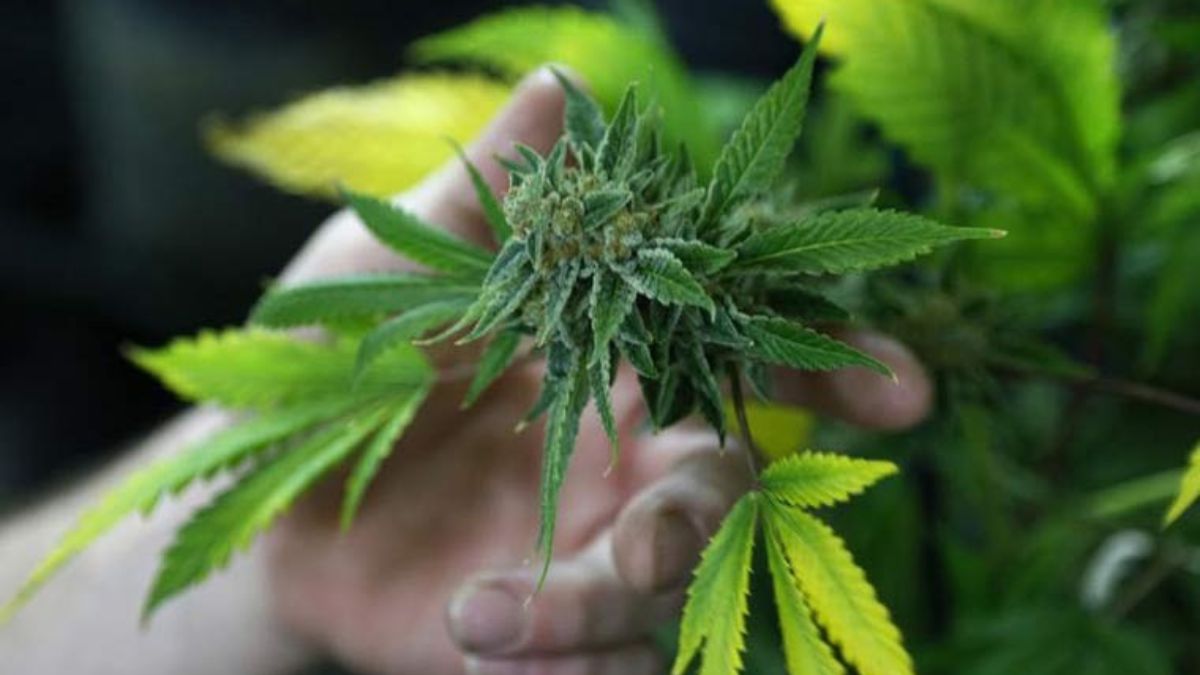AP High Court clarifies 'Ganja' definition, ruling could redefine cannabis arrests

The Andhra Pradesh High Court clarified that the definition of 'Ganja' under the Narcotic Drugs and Psychotropic Substances Act, 1985 (NDPS Act), is limited to the “flowering or fruiting tops” of the cannabis plant and that the Act excludes from its ambit the seeds and leaves when not accompanied by the tops.
The court made this clarification while dealing with a petition of a couple, who had bought the alleged contraband articles from Odisha to Andhra Pradesh with the intention of selling for a profit.
The couple was accused of offences under Sections 20(b)(ii)(C), 25 read with Section 8(c) of the NDPS Act. Section 8(c) prohibits the production, manufacture, possession, sale or transport of any narcotic drug or psychotropic substance, except for medical or scientific purposes. Meanwhile, Section 20 deals specifically with offenses related to cannabis. Section 20(b)(ii)(C) addresses the punishment for producing, manufacturing, possessing, selling, purchasing, transporting, importing inter-State, exporting inter-State, or using cannabis when it involves a commercial quantity.
A total of 32 kgs of Ganja was seized from the petitioners.
The petitioners, while seeking a regular bail, submitted that the seized articles cannot be termed as 'Ganja', as the leaves, flowers, nuts and stems are excluded from the definition.
They also submitted that mandatory provisions were also not followed and the police, while weighing the contraband, should have separated the leaves, flowers, nuts and stems from flowering tops. It was further argued that no adverse presumption under Section 37 of the NDPS Act— which imposes stringent conditions for granting bail in cases involving certain serious offenses—could be justifiably drawn against the petitioners.
The High Court accepted the submissions of the petitioners and noted that the police had not segregated flowering tops from other materials while weighing the contraband. And, the bail was granted.
Section 2(iii)(b) of the Narcotic Drugs and Psychotropic Substances Act, 1985 (NDPS Act) in India defines "Ganja" as follows:
'Ganja' means the flowering or fruiting tops of the cannabis plant (excluding the seeds and leaves when not accompanied by the tops), by whatever name they may be known or designated.
While talking to THE WEEK, a senior forensic expert from Kerala said that if it's just that leaf, then it’s classified as bhang. “If it’s only leaves, we should never call that Ganja,” he said.
“But Ganja producers, while handling immature plants can grind it, and then the fruit tops and leaves will also be mixed. They usually grind and mix everything together.”
But the expert added that it is the duty of the police to closely verify whether the suspected contraband contains flowering or fruiting tops.
“When it’s dried, even if it’s just leaves, it might look like Ganja. So morphological analysis is required to identify whether the flowering tops are actually present,” he says while adding that there exists the problem of lack of scrutiny from the police forces in the country to verify whether the flowering or fruiting tops of the cannabis plant is present in the suspect contraband that they capture.
India